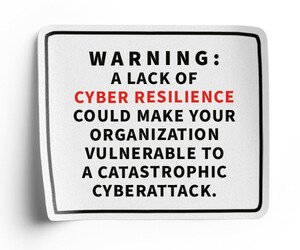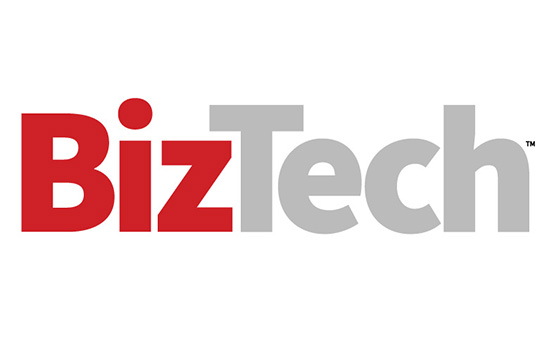People Are the Front Line and the Most Common Point of Failure
Small businesses are often targeted by cybercriminals because hackers perceive them to be vulnerable targets. In some cases, hackers may also see SMBs as an easier potential avenue into bigger companies.
It's not unusual for a 100-person company to have just a few folks in the finance office who receive and process most, if not all, invoices. If those people are targeted with a convincing fake invoice or a spoofed email from a vendor or customer, the odds of an error are high, especially if there’s no policy requiring a second verification step.
This is why awareness training is so critical. It teaches people to slow down, ask questions and verify. The most effective training programs are lightweight, recurring and tailored to staff. Rather than requiring a long information session once a year, provide 10-minute modules every month or quarter.
Cyberthreat simulations can also add value. For instance, tools from Trend Micro and Proofpoint offer phishing simulation campaigns where businesses can test their staff with real-world scenarios (such as department-specific phishing) and adjust based on the results. With AI-generated examples and platforms that support customization, these training opportunities become more relevant, and therefore more effective.
Click the banner below to keep reading stories from our new publication, BizTech: Small Business.













